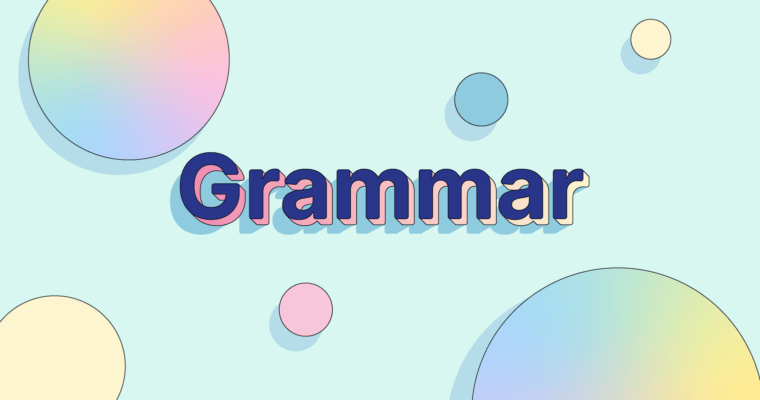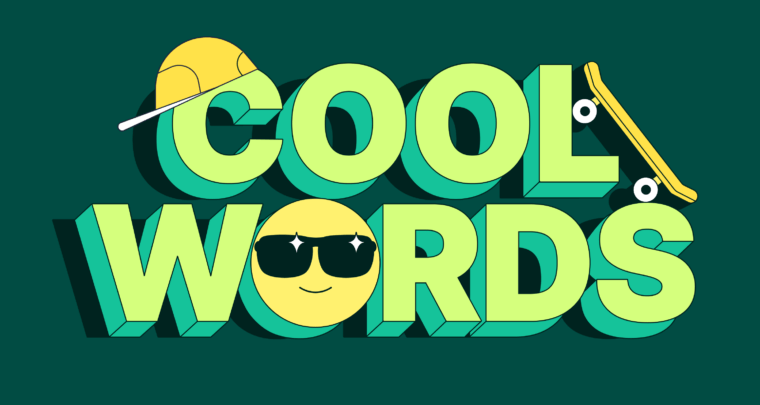- Unkempt is an adjective that literally means “not well-combed.”
- It is usually used to describe a person’s appearance, although it can also be applied to objects.
- Unkept is an adjective that means “not kept” or “neglected,” but it’s not usually used for people.
We’ve all had periods when taking care of our appearance wasn’t high on our list of priorities. Ever popped out in the middle of the night to get diapers for a new baby? Ever taken a short break after days of cramming for midterms? If you have, you probably know what it means to be unkempt.
What Does Unkempt Mean?
The adjective unkempt comes from the prefix un- and the root kempt. The “un” part we’re all familiar with—it means “not.” But the “kempt” part? What does that mean?
Well, you can be forgiven for not knowing. Unkempt is a very old adjective. It was first recorded in the 1570s, and back then kempt meant “well combed” or “neat.” As time passed, we stopped using kempt, but unkempt stuck around. So, when you’re saying that someone is unkempt, you’re literally saying that their hair is messy. Of course, today we use the adjective to describe more than just messy hair. Anything that’s messy, untidy, or disheveled can be called unkempt. It’s just that it’s most commonly used to describe someone’s appearance:
Unkempt vs. Unkept
Unkempt and unkept are not two different spellings of the same word.
Unkept comes from applying the prefix un- to the verb keep, and the combination of the two gets you a word that means either “not kept” or “neglected.” As such, it’s far more likely to be used to describe objects than people. But unkempt is also sometimes used to describe something other than people, so the usage of the two might overlap. That doesn’t make them the same, though.






